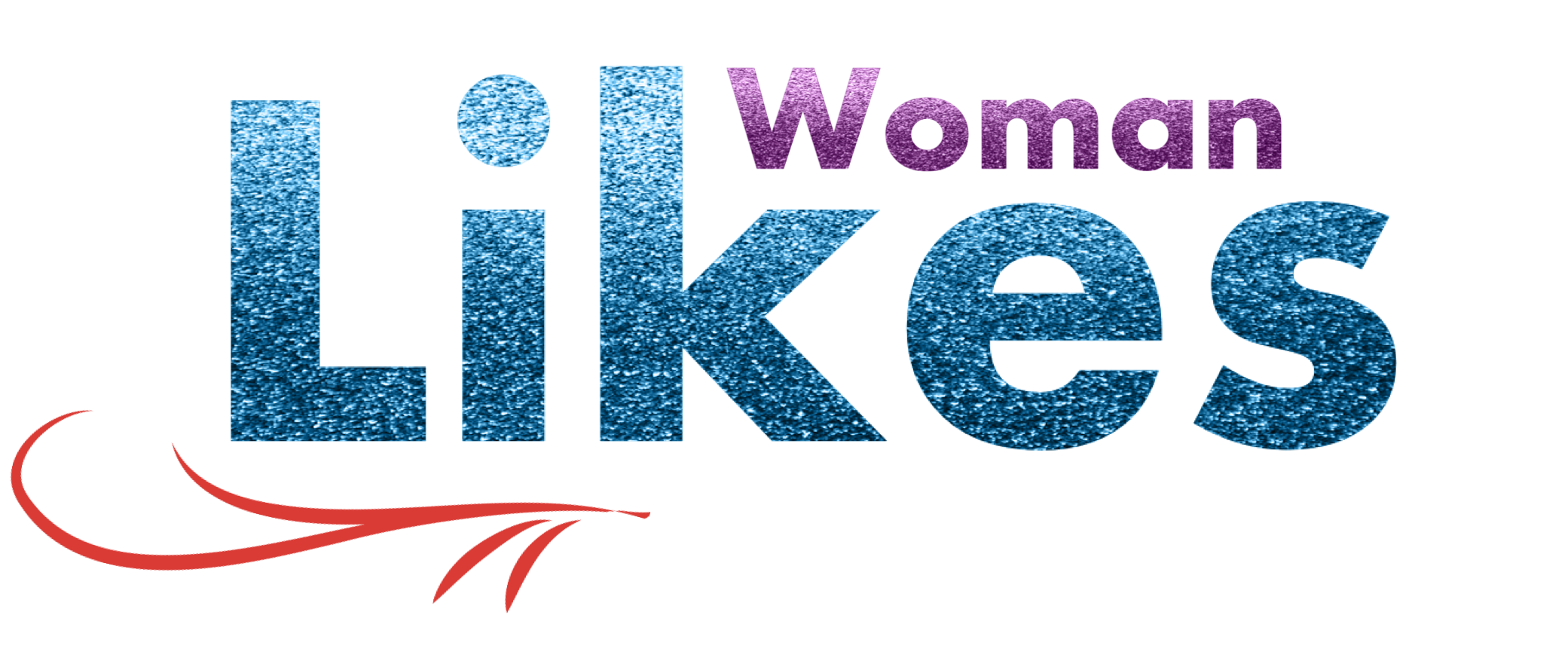
There are many biblical characters who have been depicted in artistic renderings, but what is the relationship between a Woman and a Man? What is the role of a Woman in society and in the family? What is the influence of naturealism on feminism? These questions will be addressed in this article. Women also play a crucial role in society. This article will discuss the role of a Woman in the Democratic Party, how women define their gender identity, and what role naturealism plays in feminism.
Women’s rights in the Democratic Party
The Democrat Party is highly dependent on the vote of women and its policies are tuned to reflect women’s priorities. For example, women are more likely to live below the poverty line, and therefore are more likely to rely on welfare services. This is part of a global phenomenon known as the feminization of poverty. Democrats are better suited to address issues of gender equality and social justice among women, who are also more likely to work in government sectors.
While the 19th century Democratic Party adhered to the limited government philosophy of the British and French republics, the Great Depression changed the party’s focus. Women’s groups actively lobbied for political change and ER’s support of the Democratic Party’s platform committee was crucial in this process. In 1924, ER gathered recommendations from women’s organizations across the country. The DNC’s male platform committee, however, refused to adopt any of these recommendations. In response, ER pushed for the appointment of women as delegates and alternates.
Despite these challenges, women are making gains. In the United States, women are now elected to offices at the highest levels in Congress, the U.S., and other countries. In many places, women’s rights have accompanied the establishment of democracy. In Latin America, the feminist movement helped usher in democratization. Likewise, in Turkey, women’s organizations helped the country’s transition to democracy.
Women’s social role in the family
The social role of women was found to affect consumer spending, saving, and investments. Keynes developed a model of consumption that included income, subjective needs, and psychological propensities. Keynes found that the most important determinant of consumption is real disposable income. In other words, when women fulfill their traditional roles, their spending will reflect this social role. However, these findings are not conclusive. Future research needs to examine whether and how women’s social roles influence their choices.
Mothers in rural areas traditionally kept some children at home. Generally, children aged 6-10 were in charge of younger siblings. Often, older children were called upon to help with agricultural tasks, which relieved the women of heavy household chores. These children also played a vital role in child nutrition. In addition, women often acted as primary caregivers of children. However, this role is changing. In the United States, women are the main provider of food for families.
The role of women in the family is shifting, but the role of men has not changed. It is still changing, and the role of men is getting closer to women’s traditional role. However, studies show that men and women play similar roles. Moreover, research has shown that women are just as aggressive as men. These factors can affect the social role of women. If men and women share the same social roles, then it is possible that they will change.
Transgender women’s gender identity
This study aims to measure the latent concept of transgender women’s gender identity. To accomplish this, the Gender Identity Scale for Transgender Women (GIS-TW) was developed. Based on literature reviews and expert consultations, the GIS-TW was first developed with 30 items. Exploratory factor analysis found that gender identity was related to five dimensions, with the highest average score associated with Social Gender Role Affirmation.
The term “TERF” has become popular in the entertainment industry, but it has many negative connotations. The TERFs’ intention is to slander transgender women, and many feminists have expressed disapproval of trans women’s womanhood. Although TERFs do not intentionally discriminate, they still undermine the dignity of transgender women and men. To counter these harmful comments, we created this article.
In addition to the objective assessment of transgender women’s gender identity, the researchers should consider the subjective feelings of transgender women. To do this, they must focus on the construction of transgender identities. As a result, the authors have made a significant contribution to the field of gender identity research. So, what should transgender women do in the media? And how can we help them? We can’t know unless we try.
Naturealism’s influence on feminism
Naturalism is a philosophical school that focuses on human nature. It was first popularized by the French writer Emile Zola and reached its peak in the United States during the late nineteenth century. Its primary proponent was the writer Émile Zola, who claimed that “human beings are nothing more than animals in a particular environment and genetics.”
As a result, feminism developed under a naturalist approach. This view rejected the idea that the objective is separate from the subjective and grants human beings no exceptions. According to Naturalism, all human actions are physically determined, and all behavior is dictated by the laws of cause and effect in the material world. Hence, feminism emerged in this perspective. The emergence of Naturalism in nineteenth-century Europe marked a shift in thought.
In the late nineteenth century, naturalists began to debate the merits of scientific inquiry. Dilthey, a German philosopher and scientist, defended the fundamental difference between scientific investigation and empathetic understanding. Empathetic understanding involves viewing a subject from its perspective. Unlike scientific investigation, empathetic understanding focuses on the human perspective. But while Dilthey and Barad agree that science cannot determine what is’real’, it should be able to understand the subject.
Distaff’s effect on feminism
Distaff was a feminist publication published in New Orleans, Louisiana, between 1972 and 1982. It served as a forum for women’s voices in activism, politics, and the arts. It was the first Gulf-South newspaper specifically for women and covered a wide range of issues. It was founded and edited by a coalition of local women activists and continued publishing until 1982, after a hiatus from 1976 to 1978.
The effect of Distaff on feminism is hard to measure. While male characters often morph into their female counterpart, female characters usually do not undergo a Gender Bender. The male character will become the Spear Counterpart, named after the spearhead-shaped end of the Mars symbol, which is based on a spear. These characters are generally the love interests of male characters. Nonetheless, it is still difficult to determine how a male character can impact a feminist movement, and the broader discussion of gender is necessary.
The distaff, or spinning staff, has been a symbol for feminism for centuries. It is an example of the gendered construction of the garment industry, and its role in the history of feminism is still relevant today. The term distaff refers to a staff for holding a bunch of fiber, typically flax. This work often involves the use of spinning wheels and spindles, and female textile workers generally wear gendered clothing.
Suffragettes’ impact on feminism
Most women say that feminism has helped them personally, but only one-third of Republicans agree with that statement. While the feminist movement has helped some women, Democrats are more likely to say it has had a positive impact on their lives. In addition, women who are younger and Democratic say that feminism has helped them get ahead in their careers. Despite these statistics, the feminist movement is not yet a universally accepted definition of feminism.
The first wave of feminism centered on the suffragette movement, which sought legal equality for women and barred discrimination on the basis of sex. The Equal Rights Amendment, however, did not receive ratification in enough states to become a law. In the mid-19th century, the movement began earnestly. The movement dominated feminism for many decades. The suffrage movement led to many women becoming involved in political movements.
The third wave of feminism took the form of social movements and political activism. They focused on issues like reproductive rights, domestic violence, equal pay, and gender-based violence. Similarly, they focused on issues such as domestic violence, eating disorders, body image, and sexual and reproductive rights. These issues, as well as intersectional oppression, have become central to the activism of feminists today. However, it is important to remember that these movements have a long history and continue to influence the movement today.
Motherhood’s influence on feminism
The study of motherhood’s impact on feminism has broad implications for feminist movements worldwide. It offers a critical analysis of a variety of issues, both historical and contemporary. In particular, this study examines how literary and historical representations of motherhood reinforce the patriarchal structures of race and gender. It also examines contemporary debates about motherhood, including abortion and reproductive technologies. Ultimately, this study argues that maternal identity can influence and shape feminism as a whole.
Although motherhood remains an important concern in feminism, it has undergone many transformations due to the emergence of consumerism, the feminist revolution, and the conservative backlash to it. Despite these changes, feminist theory must remain a sharp analytic tool for examining motherhood as a cultural site that continues to defy conventional gender norms. Young feminists must take up this challenge and avoid being accused of “reinventing the wheel” or “self-absorbed” in the process.
In addition to challenging the dominant ideologies and practices of traditional feminism, the book reveals that motherhood has a deep and profound impact on the development of women’s self-identity and social identity. For many women, motherhood is one of the few interpersonal relationships in which they feel appreciated. As a result, this enduring influence of motherhood can be extremely useful for the movement and our understanding of it.







